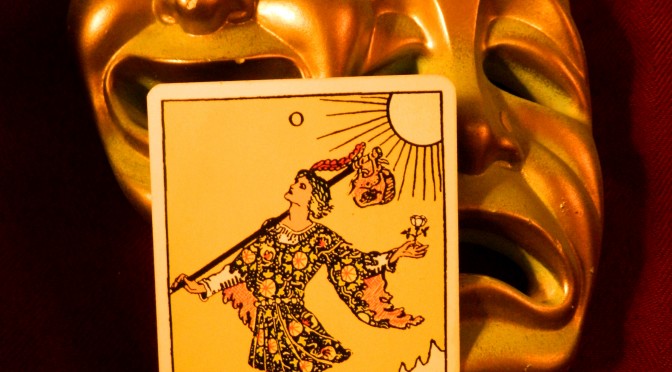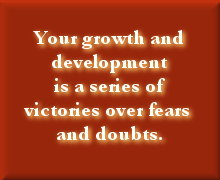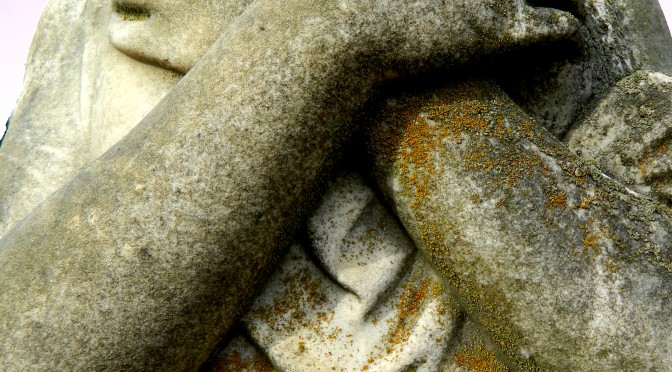In the last few weeks, we’ve explored some aspects of giving, including What’s In It For Me?, Why Do You Give?, and now on “Giving Tuesday” we come to the big ask: Will You Give?
It’s a simple as that.
The Earl Wentz and William Watkins Foundation was created in 2012 through a monetary contribution in memory of Earl Wentz. This forms the corpus of the foundation’s finances. Additional support comes through gifts and grants from private individuals (alumni, friends, supporters of the arts and arts education) and corporations.
And these gifts are not only needed and welcomed but they are put to work right away by the foundation’s Board of Directors strictly for the purposes for which the foundation has been incorporated.
And those purposes are excellent ones:
- promoting, creating, and supporting the musical and other artistic works of the late Earl Wentz and
- fostering and continuing the educational methods of Earl Wentz, particularly related to music and drama.
Each year, we continue to give thousands of dollars in scholarships to students in need and to provide classes and educational initiatives in the arts, particularly for students who otherwise might have little or no access to high-caliber arts training and programs.
Over 90% of the students and families we serve are currently living below the poverty line.
We continue to promote, support, and produce the music of Earl Wentz with the continued intent of archiving, maintaining, and preserving them with the highest degree of artistic integrity possible.
There are so many ways you can help:
- through cash contributions,
- pledging and setting up a sustaining gift,
- matching gifts through your employer,
- using our online shopping partners to donate a portion of your purchase price to our foundation’s work
- volunteering,
- and sharing information about our work with others through your e-mails and social media accounts (simply click the appropriate icons below).
The Earl Wentz and William Watkins Foundation is qualified as a charitable organization under Section 501(c)(3) of the Internal Revenue Code. Contributions to The Earl Wentz and William Watkins Foundation are tax-deductible to the extent permitted by law. Federal tax id #: 46-1415914.
Will you give?
Can we — and all those who benefit from our work — count on you?
If you give to The Earl Wentz and William Watkins Foundation, please share with us at the foundation and others in the community — especially those who may be considering a gift — why.
I invite you to “weigh in” with your own comments and ideas and to share them with other readers by using the “Comments” feature above. You can click the “Comments” button at the top of the page to see what other readers have to say and to create a dialogue with them.
And . . . you can give easily by clicking this link.
© William B. Watkins and “William Weighs In”, 2014-2015. All rights reserved, including the right of reproduction. This blog and all its content and components, including but not limited to photographs, videos, music, and text entries, are fully protected by all copyright laws of the United States of America and by international covenants. This work may not be reproduced in whole or in part in any form. Unauthorized use and/or duplication of this material without express and written permission from this blog’s author and/or owner is strictly prohibited.




